SUMMARY
This is AI generated summarization, which may have errors. For context, always refer to the full article.
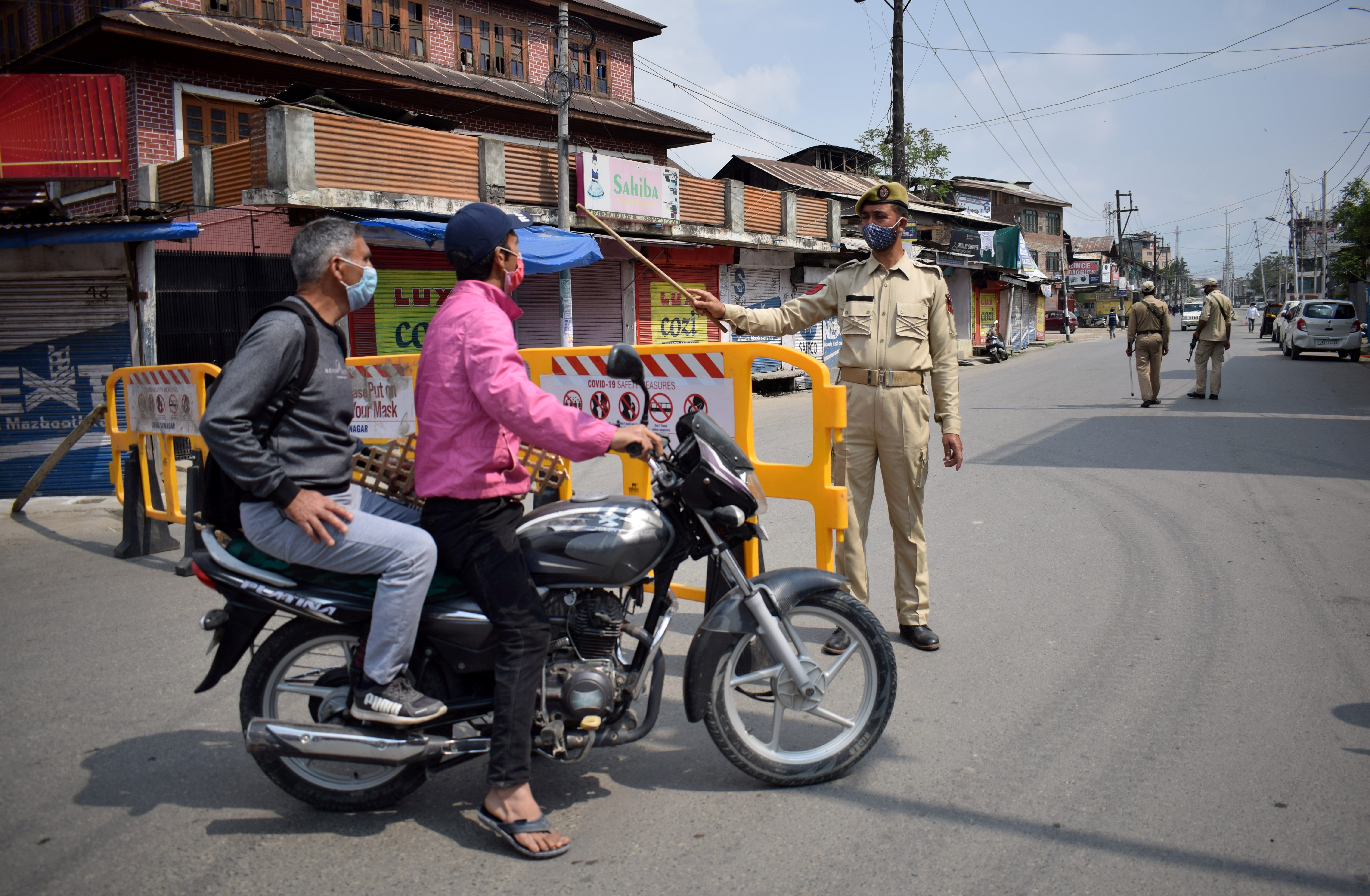
“It all broke down.”
Overseas Filipino worker Karen* recalls how abundant the resources were for COVID-19 in India before. Vaccines were everywhere, reverse transcription polymerase chain reaction (RT-PCR) test results came within 6 hours, and it was easy to stay home and work, as internet connections were stable.
But as India began seeing one of the worst COVID-19 surges the world has seen so far, the will to physically survive has taken its toll on Karen’s mental state, too.
India has been recording more than 300,000 new daily COVID-19 cases for 14 straight days as of Wednesday, May 5. India’s second deadly surge of COVID-19 has seen hospitals run out of beds and oxygen and left morgues and crematoriums overflowing. Many people have died in ambulances and car parks waiting for a bed or oxygen.
So far, Philippine Ambassador to India Ramon Bagatsing Jr has confirmed at least 73 Filipinos in India have contracted the virus, while two have died as of Monday, May 3.
There are around 3,000 Filipinos in the South Asian country. Twenty percent are migrant workers, while around 80% are housewives – some of whom are also professionals.
Karen’s family of 4 – all Filipinos – stayed put as they watched the country deal with sickness and death at traumatizing volumes.
“Mahirap maghanap ng healthcare dito, hindi kagaya ng sa Pilipinas, mas pinagkakatiwalaan namin. ‘Yun talaga ‘yung kinakatakot ko, kapag na-infect kami ng virus, paano kami kukuha ng health services?” she told Rappler.
(It’s difficult to access healthcare here, unlike in the Philippines, which we trust more. It’s terrifying – if we get infected with the virus, where will we get health services?)
Surviving for the family
Karen experienced 4 instances of close contact with COVID-19 cases from her workplace. Her youngest, a son who is in the 5th grade, felt anxiety as Karen had to isolate herself.
“‘Yung anak ko, umiiyak siya just outside my door. Ito talaga ‘yung pinaka-agonizing para sa ‘kin (My son was crying just outside my door. This was the most agonizing thing for me),” she said.
“So my son opened the door ever so slightly, and he would throw a little pack of cookies just to give me food. He said, ‘Mommy, maybe you’re hungry,’” Karen added.
Her results turned out negative every time. Still, it was an ongoing challenge to protect her sons from panic, while guiding them through the situation as the family watched the horrifying news every day.
“Unfortunately, I have to let my children watch [the news] as well. Kailangan siguro nilang matakot para mas lalo nilang maintindihan kung bakit kami naka-quarantine sa bahay (It’s probably best for them to be scared so they can understand why we’re quarantined at home),” she said.
Karen has begun searching for where to buy oxygen online, just in case. She said oxygen concentrators cost an equivalent of about P50,000. While she has found listings of small oxygen canisters, they only reportedly last for a few minutes.
Karen also tries her best to stay calm for her family, because one “cannot respond to this with a very stressful mind.” She has gotten nightmares amid mourning an Indian friend’s death due to COVID-19.
Bayanihan is working
Temporary closures of the Philippine embassy have not stopped Filipinos from helping each other.
The Filipino community has a WhatsApp COVID-19 support group, but due to the 250-person limit for group chats, the community has made granular chats based on location. Every night, the Filipinos pray together in the chats, Bagatsing said on CNN Philippines’ The Source on Tuesday, May 4.
One of the Filipinos who died was a good friend of Victoria Singh, another member of the community. Singh told Rappler they were friends for 15 years, and fondly recalled how he always played Santa Claus in their community Christmas parties.
Singh said when her friend contracted COVID-19, the community helped remotely. They advised him to always drink warm water and eat well, and sent him whatever food he wanted.
He was kind, helpful, and diligent, Singh described.
Bagatsing said the embassy readily assists when the Filipino community asks for food and medicine, while also encouraging the community to help each other. But in Karen’s experience, bayanihan is working better than assistance from the Philippine embassy.
For one, she wonders how the case count is gathered when her family has not been asked about their status in the household. She also believes that the coordination efforts are not organized enough, and that the embassy needs to be more transparent in their assistance.
The Department of Foreign Affairs, in a town hall on Friday, April 30, assured the embassy that it is willing to extend financial or medical assistance should it be needed. For now, Bagatsing says resources are still enough.
Malacañang announced a ban on travelers from India to the Philippines from April 29 to May 14. Bagatsing said around 60 to 70 Filipinos have signified their interest to be repatriated. – with a report from Reuters/Rappler.com
*Name has been changed for privacy reasons.
Add a comment
How does this make you feel?


![[Time Trowel] Evolution and the sneakiness of COVID](https://www.rappler.com/tachyon/2024/02/tl-evolution-covid.jpg?resize=257%2C257&crop=455px%2C0px%2C1080px%2C1080px)


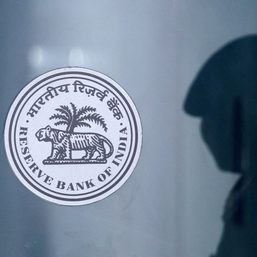
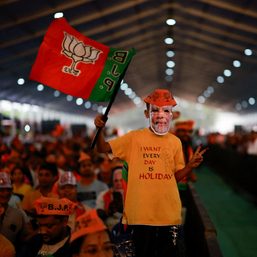

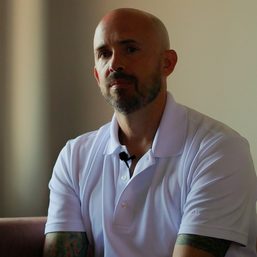
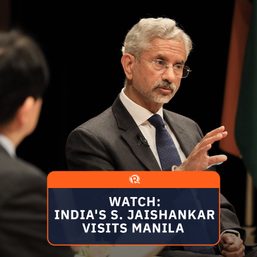
There are no comments yet. Add your comment to start the conversation.